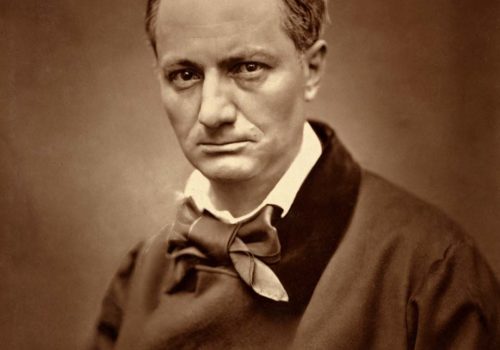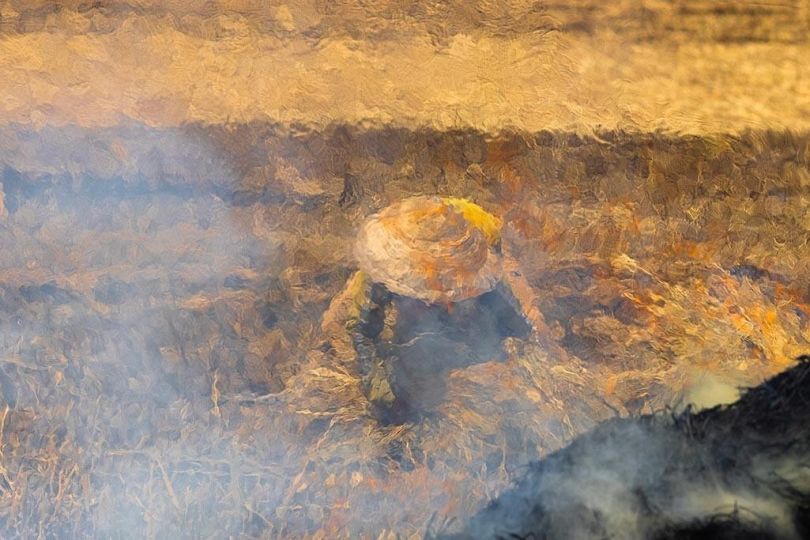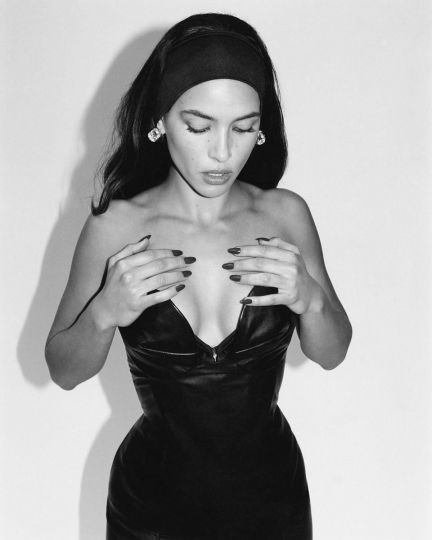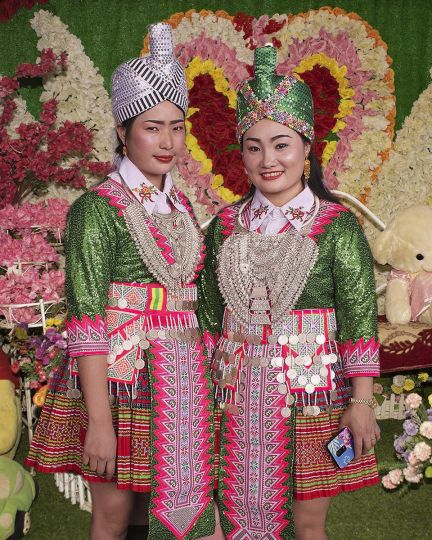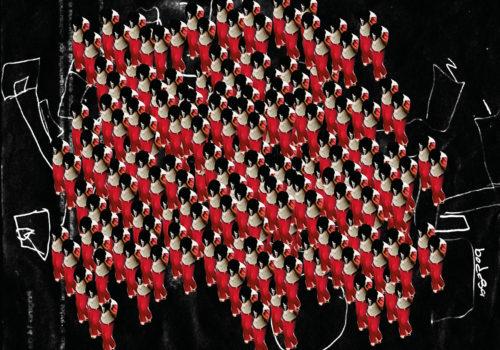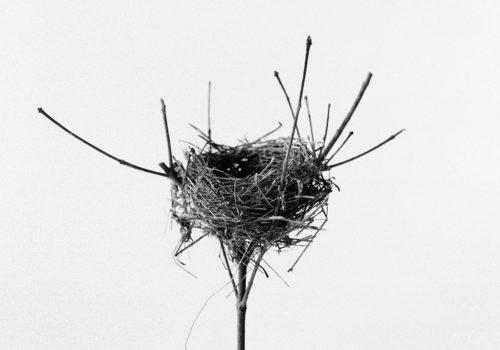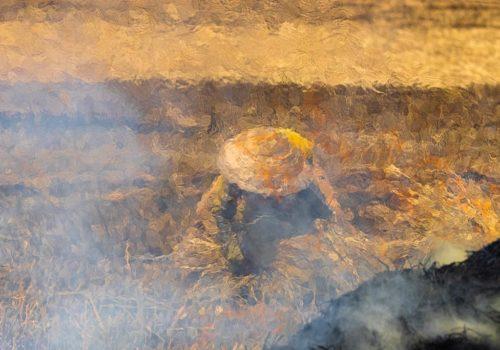The Muses are the nine companions of Apollo, each embodying a distinctive art, each the idea made flesh, the sublimation of desire into the creation of beauty. The muse inspires the artist to find the divine and bring it to life, to make anew something that exists in the space between us, and women have long embodied the artist’s other half, the shadow side that exists in desire, and passion, and flames.
Muses: Women Who Inspire by Farid Abdelouahab (Flammarion) is a lavish and luxurious tome, befitting the glamour and grandeur of these women who captured the mind of men whose names flicker in the light of mankind’s brief but illustrious history. The power behind the throne is more often than not, invisible. She exists to focus the artist on a transcendent plane for the creation of art is nothing if not a leap of faith.
The muses as shadow self, the transformative power of this partnership shows the dialectic between two halves of the whole, of male and female forever flowing around each other, yin yang infinitum. A portrait of the artist is his subject, and here we are treated to beautifully produced chapters that introduce these unforgettable women to us, allowing us to reconsider the artist as a collaborator, rather than a single vision at work.
Consider each muse and artist as a pair, a meeting of the minds, twins working in tandem, coming together at a time and a place where their brilliance defined the age. Consider La Goulue and Henri Toulusse-Lautrec. She, known as “The Glutton” was famous for her appetite and her outrageous behavior. She was a household name just like Kim Kardashian is today. But instead of Ryan Seacrest, she had Lautrec as her immortalizer, as she dance and prance, entrancing us with her madness in his paintings. La Goulue is a babe at the birth of modern celebrity, the high kicking showgirl on the stage, signing and dancing and posing for pictures. As Abdelouahab notes in the beautifully constructed biography of her life, “No one knows quite how many drawings and canvases by Lautrec she appeared in: on his death, it seems that around a hundred ostensibly immoral pieces were burned on the orders of the painter’s mother at the family residence.”
Then there is Alice Liddell, our first Lolita, who set Lewis Carroll’s imagination aflame at the age of ten. It was she who pestered him to write it down and thus, Alice’s Adventures in Wonderland was published in 1865. But first he handwrote three copies of the book, including illustrations throughout. To this day facsimile reproductions of this work have been made. This chapter includes a portrait of Liddell photographed by Carroll in 1959, when she is just seven years old. She is dressed in beggar clothes, which she wears with attitude, a fist jauntily nestled in her hip and a hand cupped and held against her belly. Not quite the type to put her hand out, she eyes the camera warily. When Carroll showed it to Alfred Tennyson, the British poet thought it was the most daring print he had ever seen. Indeed.
Carroll continued taking photographs, installing a studio above his rooms in Christ Church in 1872 and devoted himself to photographing young girls, initially dressed up or in various states of undress. Carroll ultimately destroyed the works before his death, and yet again we see the way censorship rears its ugly head. Carroll had established a reputation and many mothers warned him on no uncertain terms to keep away from their daughters. Clearly he did not wish history to remember what he had been doing in that studio with his proxies for the original muse.
Then there is Tina Modotti, bittersweet muse of Edward Weston. They met in Los Angeles,in 1920, when Modotti was doing minor parts on Hollywood films. Her career never took hold, perhaps because, as Weston stated, “the brains and imaginations of movie directors cannot picture an Italian girl except with a knife in her teeth and blood in her eye.” Instead, Weston pictured Modotti, as she became lover, model, and assistant.
As Abdelouahab notes, “Weston encouraged her to take up photography, perfecting her knowledge of its techniques; in time she became his apprentice.” Together they went to Mexico, where Modotti created her own work while posing for artists including Clemente Orozco and Frida Kahlo. Though their relationship had deteriorated, what remains are Weston’s photographs, a select few presented here, showing us the energy that exists between them is one that outlives their physical existence on earth.
That is what makes these pairings so memorable. They become immortal, timeless eternities where something beautiful is created, something bigger than the people themselves. Other illustrious pairings featured in Muses include Marlene Deitrich and Josef von Sternberg, George Sand and Honoré de Balzac, Gala and Salvador Dali, Lee Miller and Man Ray, Dora Maar and Pablo Picasso, among many more. As you page through the illustrious leaves of this volume, the tenor of each pairing is revealed as a place where heart, mind, and soul meet, and art is born. No matter what the medium, it is all one source.
Miss Rosen

